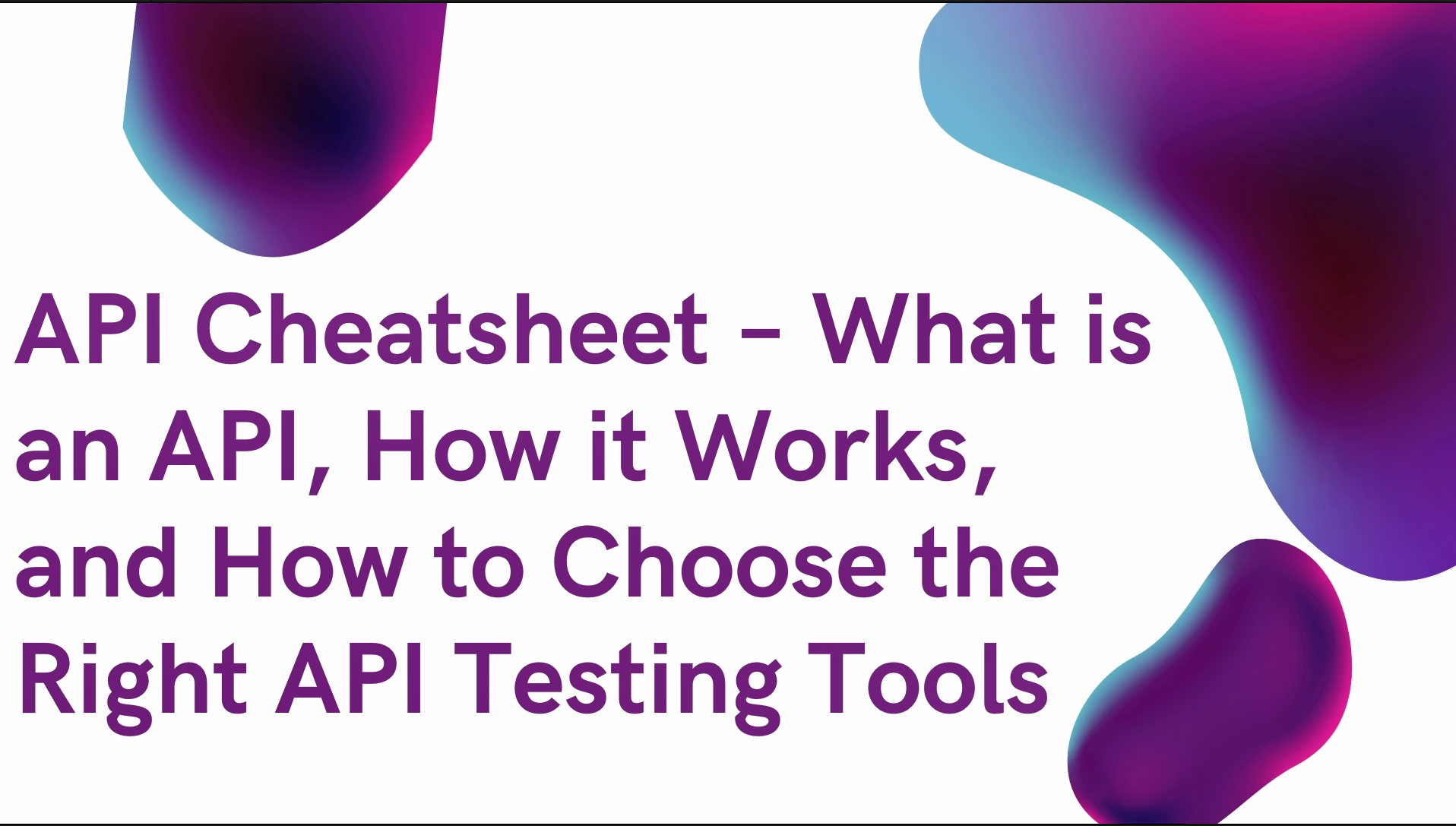
API Cheat Sheet - What is an API, How it Works, and How to Choose the Right API Testing Tools
API Cheat Sheet - What is an API, How it Works, and How to Choose the Right API Testing Tools 관련

Building an API is fun, right?
In this article, I will explain what APIs are, why you need them, and we'll dive into API specifications, documentation, and more.
Programming is made simpler by using APIs to abstract away certain implementations, and expose actions or endpoints to developers who need to consume the endpoints when building applications.
But APIs can get pretty complex depending on the application's code base and use cases. This means that testing your API endpoints might be a tricky process after developing them. Fortunately, there are amazing tools out there that I will share to help you test your APIs efficiently.
What is an API?
An API (Application Programming Interface) serves as a middleware that lets you channel data between software products.
You can use it to define requests that have been made, handle business logic, the and manage data formats that should be used and the conventions to adhere to when building software products.
Types of APIs
There are three main types of APIs, which are:
- Private
- Public/Partner
- External
Private APIs
These are APIs builts solely for use within an organization. They are classified as an in-house application for employees to automate business processes and delivery.
Public/Partner APIs
These are APIs that are openly promoted but available for known developers or business partners. These usually represent software integrations between organizations.
External APIs
These are completely external APIs, as the name implies, which are available to any third-party developer and are mostly designed or built for end-users/customers.
Why do we need APIs?
APIs make it easier to access to a variety of resources. They also allow cross-platform communication which solves certain business logic.
APIs are efficient
APIs hosted and created by a third-party application can significantly reduce the amount of work within your organization. This, in turn, will speed up the development process of an application.
Companies outsource some part of the business process for a fragment of the cost to build the same application within the organization.
APIs make things simpler
APIs simplify complex logic by tackling different business logic in chunks. They also provide user-friendly endpoints specific to certain use cases.
An API can provide data you need without requiring extra research or manipulation which speeds up the development process.
API Specifications
There are a few different types of API specifications, which we'll discuss now.
Representational State Transfer (REST)
Representational State Transfer (REST) is a style of architecture that provides standards on the web between computer systems which makes communication flow easier within applications.
REST APIs are stateless and can be used for separation of concerns between the client and server.
Service Object Access Protocol (SOAP)
According to the definition by Microsoft, SOAP is a lightweight protocol for exchanging structured information in a decentralized, distributed environment.
This contains rules guiding requests and responses sent from web applications using XML between systems through Hypertext Transfer Protocol (HTTP).
GraphQL
GraphQL is a query language for APIs. It provides an absolute and simplified description of the data in APIs which gives you the power to get the exact data you need. This makes it easier to evolve APIs over time and also enables powerful developer tools.
API Testing Tools
Testing your API endpoints might be challenging after developing them, but there are some super helpful tools I'll share here that'll help you test your APIs efficiently.
Postwoman/Hoppscotch
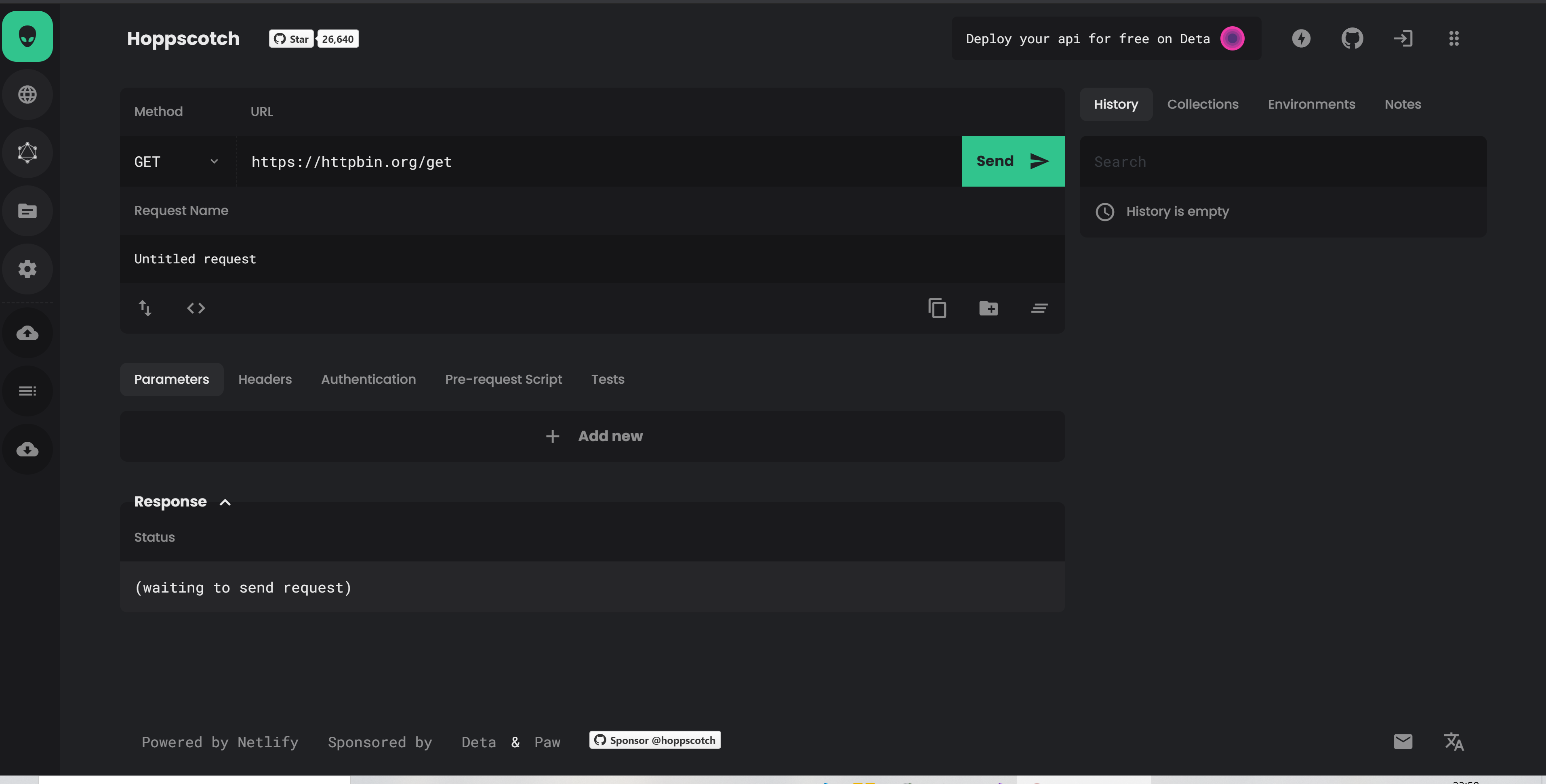
REST-assured
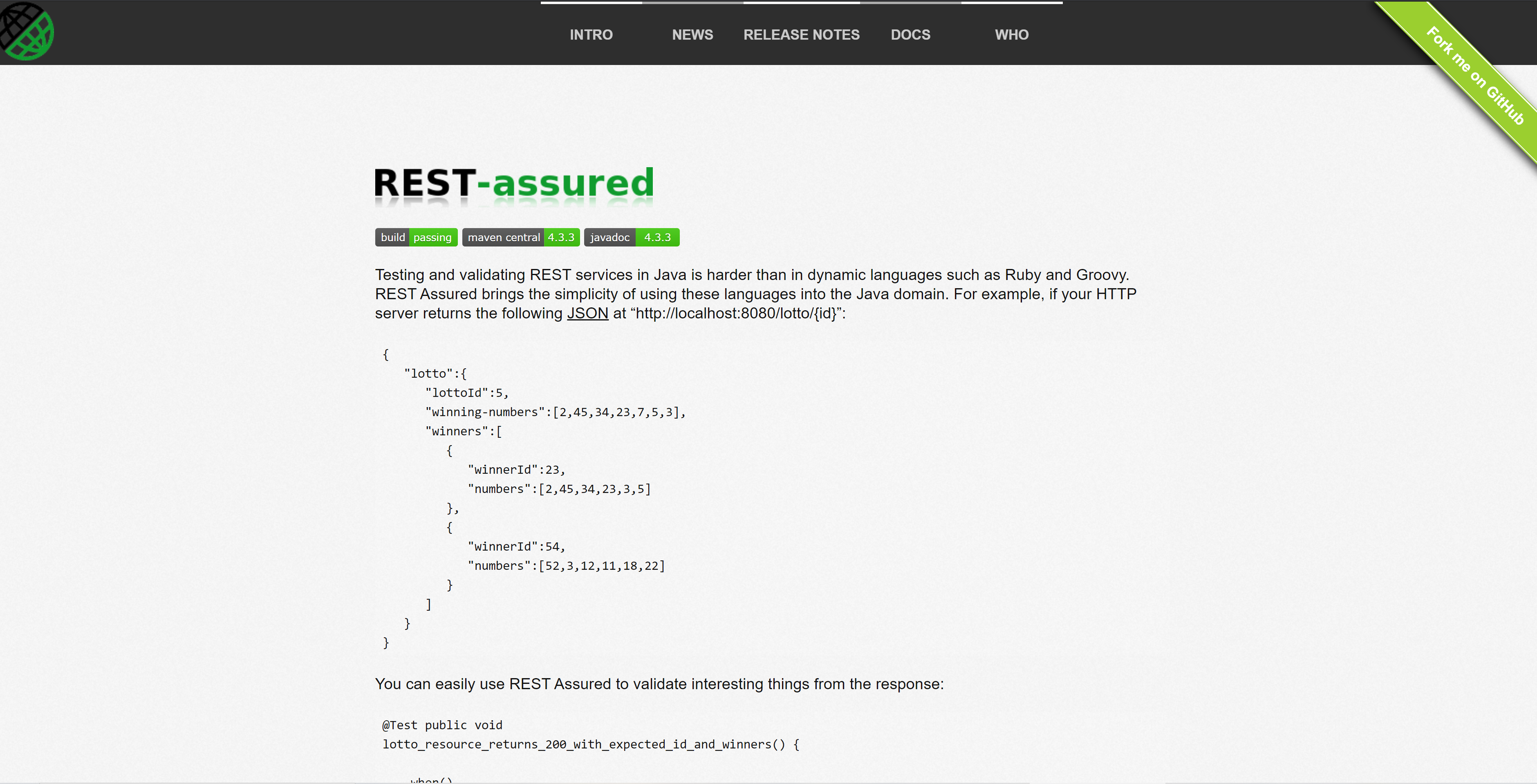
Paw
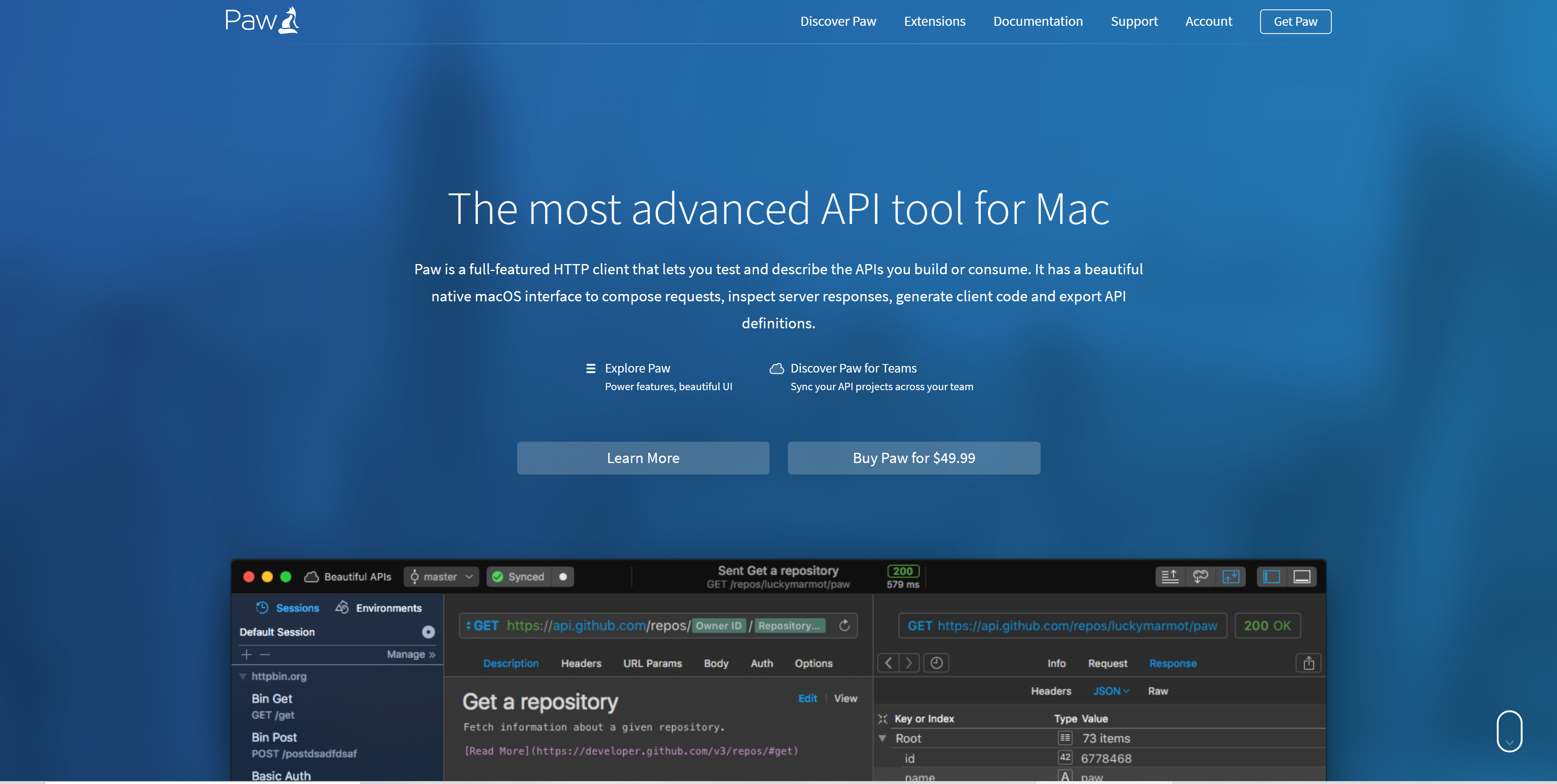
Postman
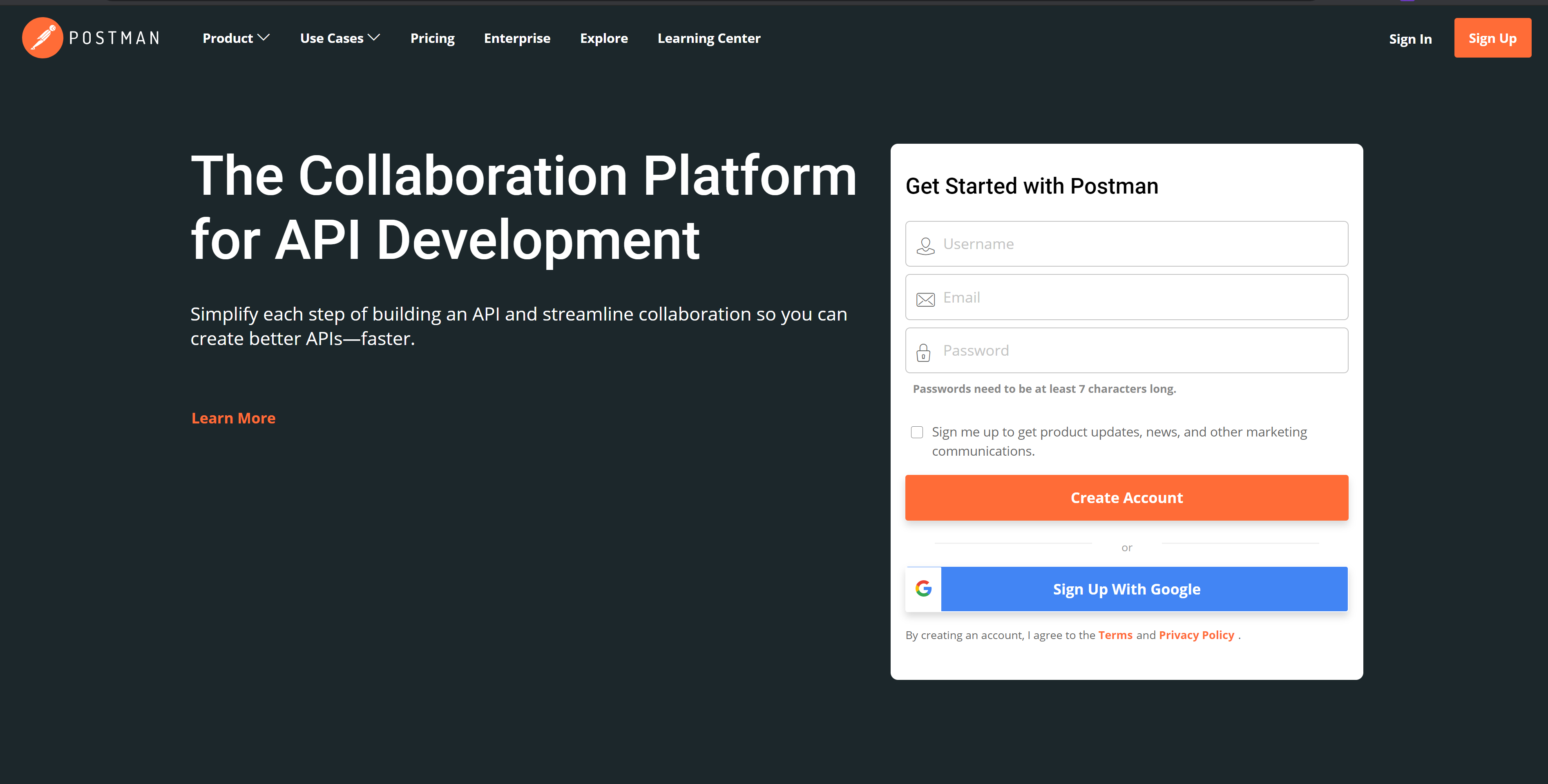
SoapUI
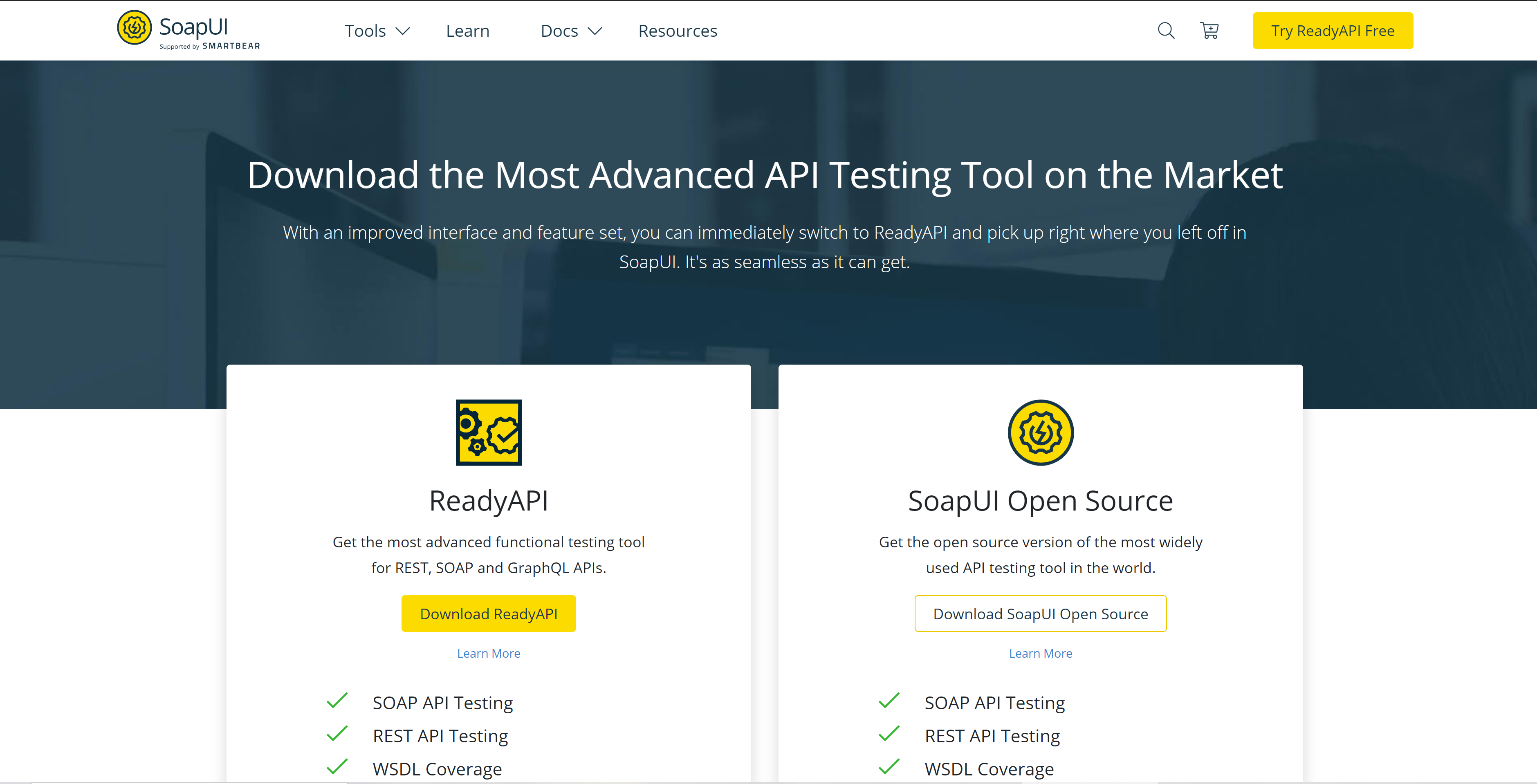
Firecamp
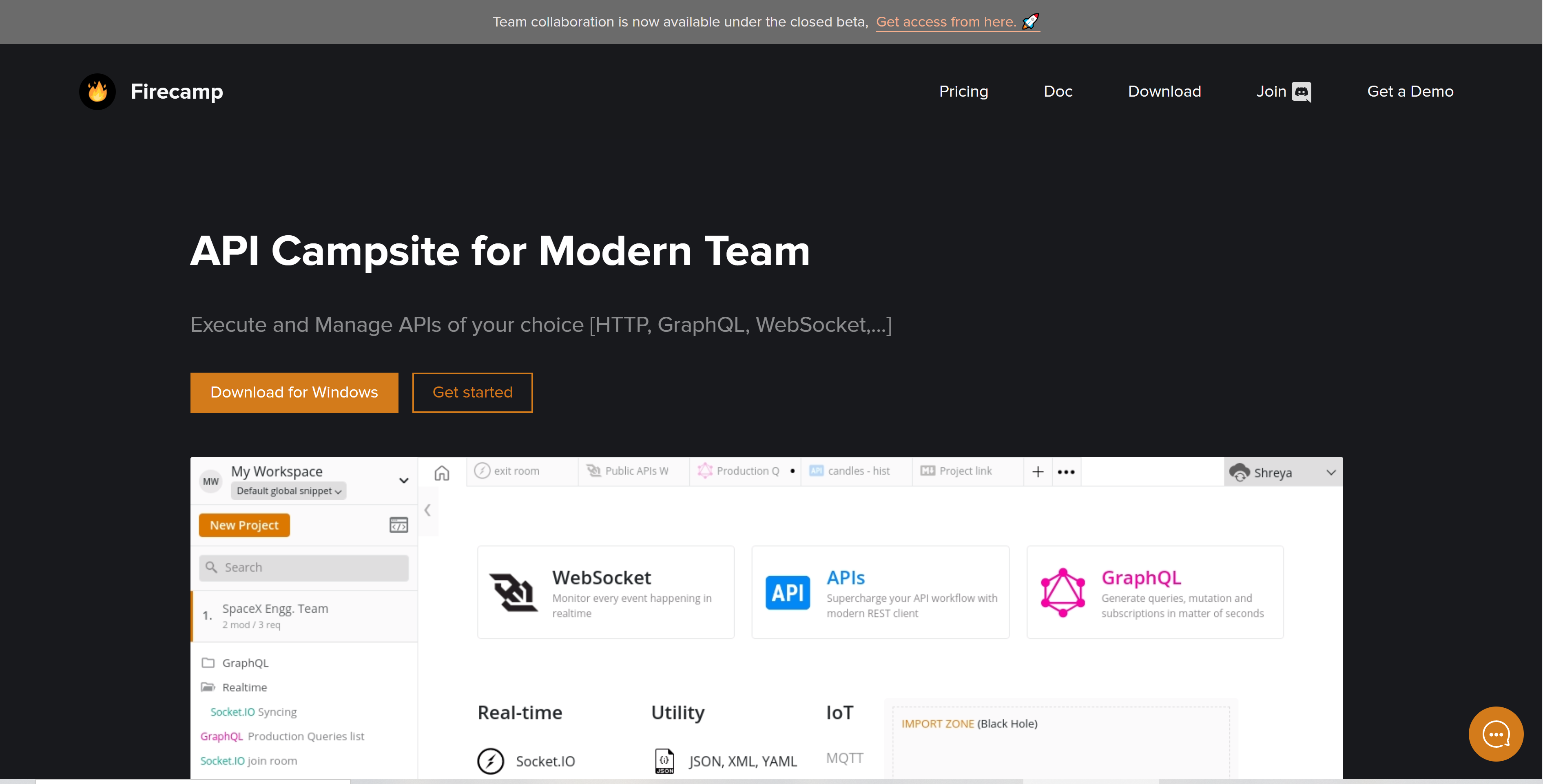
Karate
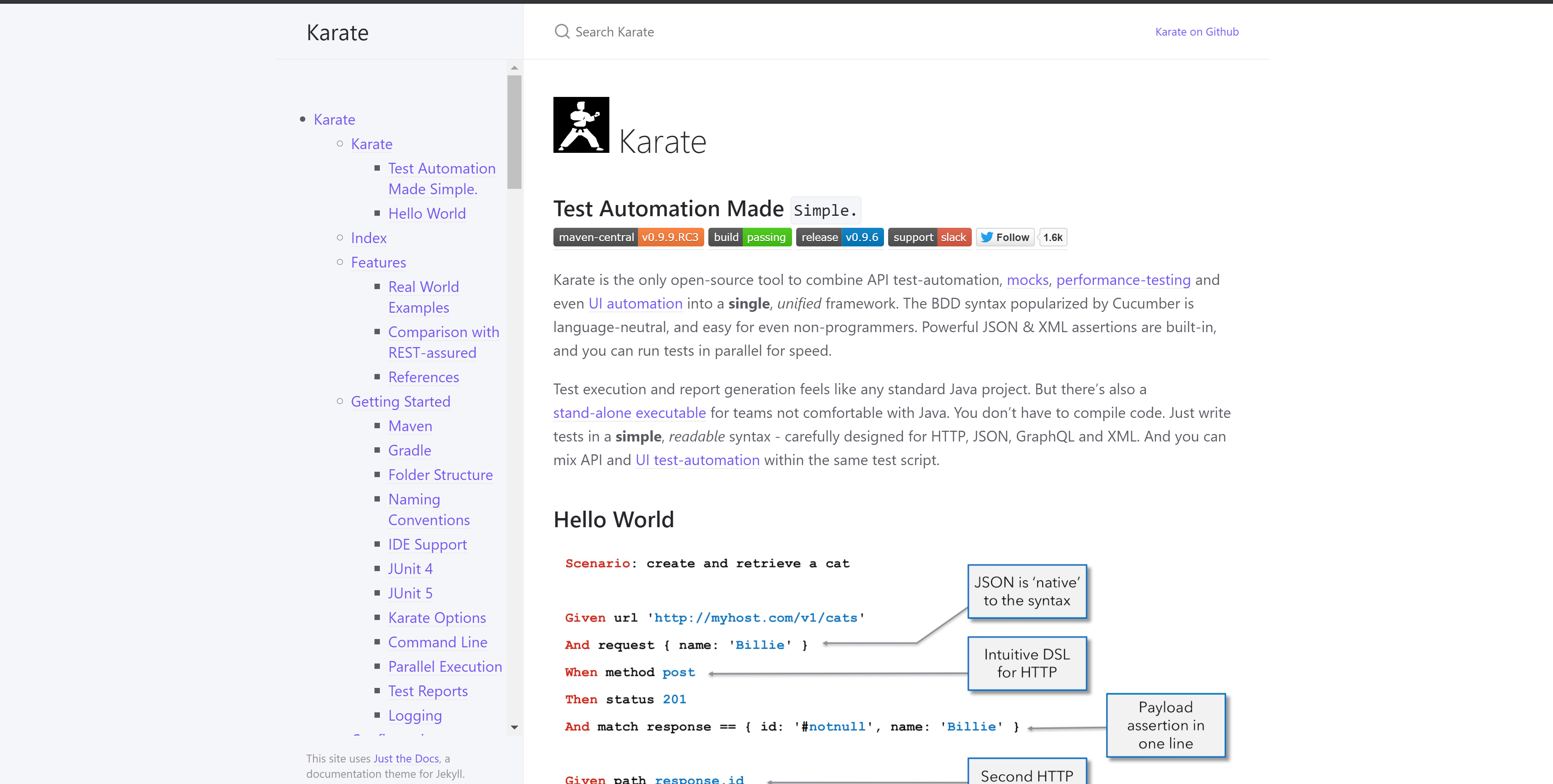
API Fortress
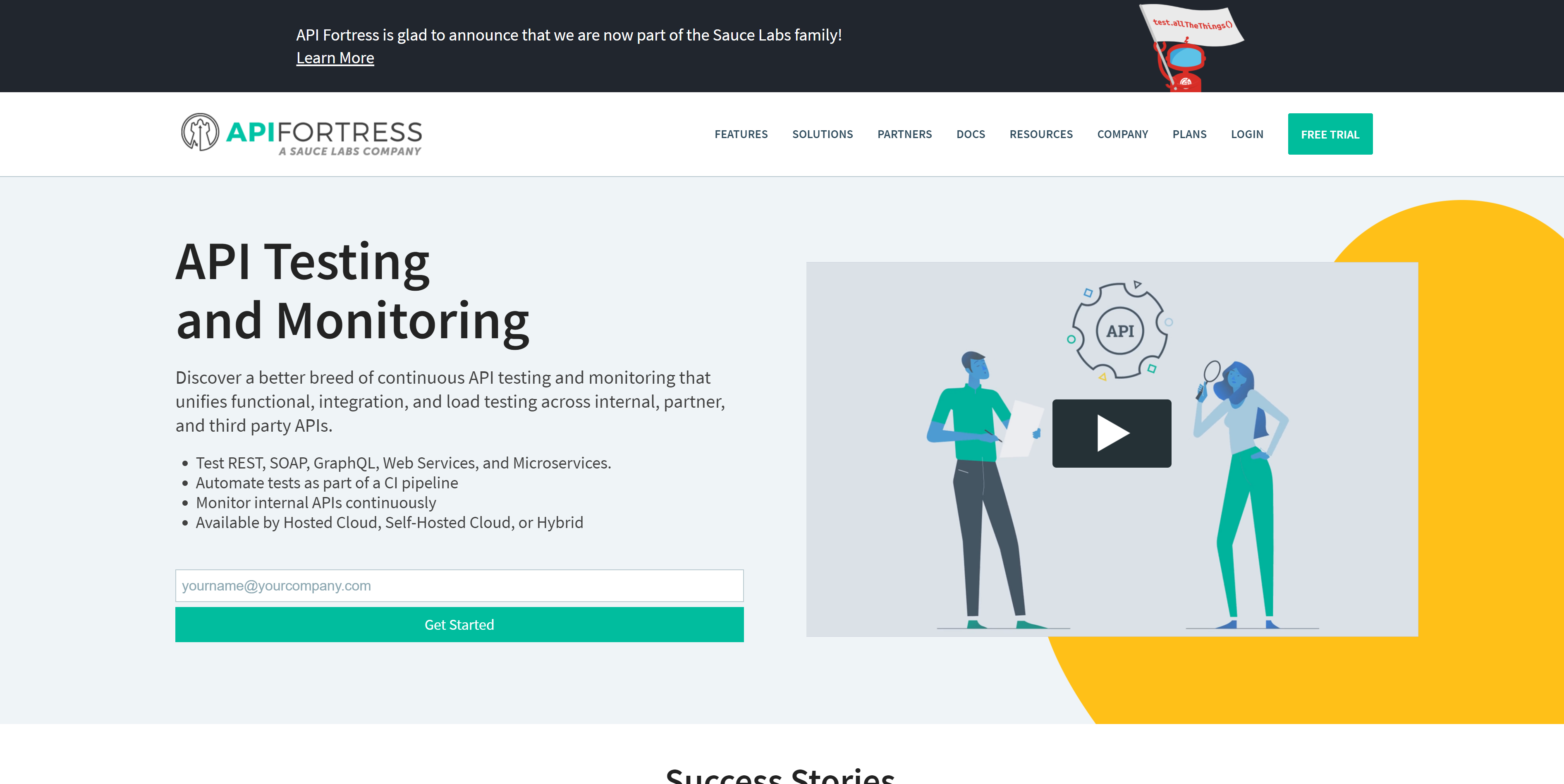
API Documentation
API Documentation is one of the most important things to consider after developing and testing your APIs. It simplifies the process of understanding what each endpoint does as well as how their requests and responses work.
Imagine you build several endpoints for user authentication. If you aren't available, but one of the frontend developers on your team wants to consume it, that could be a proble. If there is no guide or instructions explaining what each API does and there are no sample requests and responses, it can really slow down the development process.
Here are some tools you can use for APIs documentation so you don't have these issues:

Conclusion
Building and testing your API should be fun, shouldn't it? I hope you found this resource useful and it helps you have fun with your APIs.
You can reach out to me on X (olanetsoft).